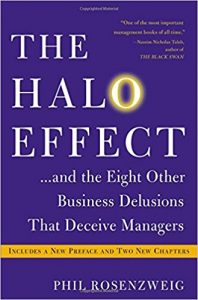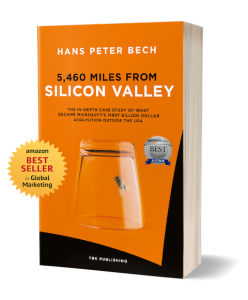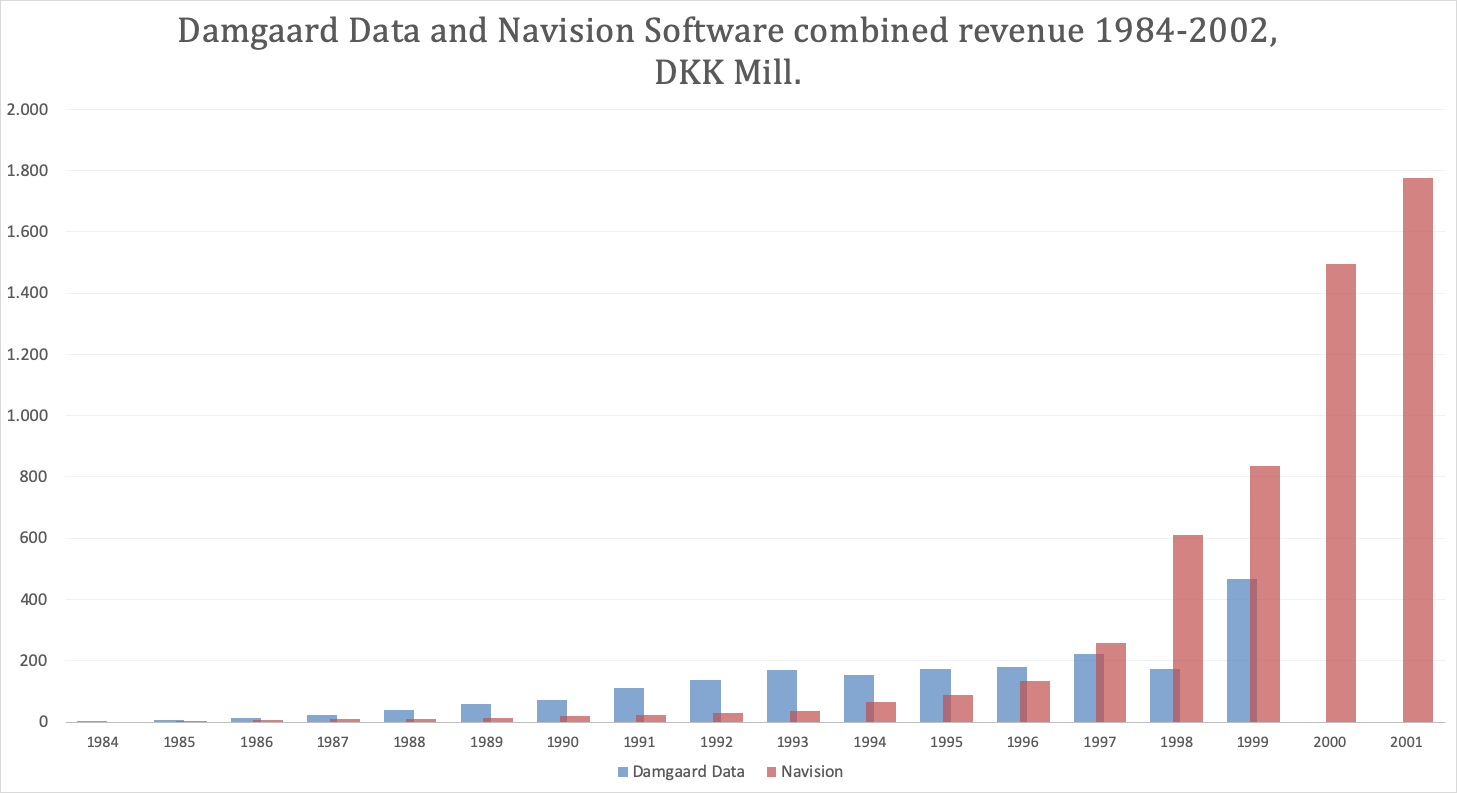I make reflections on this subject because, while I wrote the book 5,460 Miles from Silicon Valley (The In-depth Case Study of What Became Microsoft’s First Billion Dollar Acquisition Outside the USA), it was repeatedly suggested that I should draw some general conclusions from the story, which other entrepreneurs could learn from.

If you read business books, the answer seems to be a clear yes. The authors all claim to have found and can now pass on a recipe for success to their readers.
Look a little deeper, however, it is obvious that the readers will not and never will become as successful as the authors. When publishing a new book titled: “The Way to Riches”(virtually all business book titles can be boiled down to these four words), none of the readers will find the way by following the book’s instructions.
I dare to guarantee that.
Why does the steady flow of books that promise a recipe for success then continue?
It does so because there is always a large audience looking for a way (and preferably an easy shortcut) to success. And where there is a need, there will also be a product.
Ten Things That Will Make You Successful or Seven Ways to Avoid Fiasco are more appealing book titles than Make a Hundred Mistakes and You’ll Finally Get it Right. Although the last title is far more honest and closer to reality than the first two.
Circumstances play the big part
I make reflections on this subject because, while I wrote the book 5,460 Miles from Silicon Valley (The In-depth Case Study of What Became Microsoft’s First Billion Dollar Acquisition Outside the USA), it was repeatedly suggested that I should draw some general conclusions from the story, which other entrepreneurs could learn from. What could readers take away from a book about Damgaard Data and Navision Software? (I do answer that question in the video below).

At first glance, it sounds like a reasonable call, and maybe I could write a new and much shorter book (than the 544 pages that the current book occupies), which contained only the 10-15 key features that led Microsoft to put 1.45 billion dollars on the table.
But every time I tried to draw some general conclusions from the context, they turned out to sound like outright platitudes:
- It is about hiring the right employees (who strives to employ the wrong ones?).
- You have to treat your employees well (have you met someone who thinks the opposite?).
- You have to grab the opportunity when it comes (but precisely when do you say yes, and when do you say no thanks?).
- You must choose your partners carefully (and what does “carefully” mean exactly?).
- Success requires a good product (how do you define “good”? Damgaard’s XAL and Axapta were far from flawless, but were nevertheless big successes).
- You must launch when you have an MVP (minimal viable product). (So how do you know that you have it and do not send a product to the market that will destroy your reputation?).
- You must bet on the winning platforms (is anyone able to predict who wins a platform game before it is decided?).
Same type of business – completely different approaches
Damgaard and Navision Software, which basically ran the same type of business (same type of product for the same type of customer through a reseller channel), did it very differently (the book describes the details).
After the first ten years, most Danes would have thought that Damgaard would win the contest for the leadership in the ERP-market for SMEs.Damgaard grew faster than Navision Software in the first 10 years and had in 1993 four times more revenue.
- Damgaard grew faster than Navision Software in the first 10 years and had in 1993 four times more revenue.
- Damgaard earned four times more profit than Navision Software in the first 15 years.
- Damgaard invested more in corporate culture and employee engagement.
- Damgaard had by far the largest reseller network.
- Damgaard had several products covering more market segments.
- Damgaard did a joint venture with IBM, the world’s largest IT company.
- Damgaard was up to the acquisition by Microsoft’s the market leader in Denmark.
However, when the two companies merged in 2000, the relationship was completely reversed and the share allocation ratio was 72:28 in Navision Software’s favour.
How could that be?
The short explanation is that Navision Software started with internationalization five years earlier and that they managed the process better than Damgaard. But when you read the details in the book, you will find that Navision Software’s fortune was not foreseeable at the time when it happened.
The initiative for Navision Software’s launch on the German market (which became the company’s global locomotive) came from the outside. The company never managed in replicating the German model equally successful in other countries.

Another explanation is Navision Software’s decision to develop (and certify) an ERP product for Windows95. Windows fast victory (over OS/2, UNIX and other operating systems) came as a surprise to most, and it was the interaction with the early international expansion that created the huge growth rates for Navision Financials. Navision Software had the distributor and reseller platform in place to make full use of Microsoft’s success with Windows95. Navision Software was a “one-product company” that focused its efforts on a smaller part of the market (than Damgaard). Under the special circumstances that applied in the period 1984 to 1995, there was no strategy that showed better results than Damgaard’s (multiple products on multiple platforms for several types of customers). But in the period 1996-2000, Navision Software performed far better. It was during the same period that Damgaard put international sales in the hands of Columbus (Eastern Europe) and IBM (the rest of the world). Who could have predicted that that was a mistake?
You have to draw your own conclusions
If a book is to end with a recipe for success, then the author will always start by defining the recipe (based on her research or opinion) and subsequently build the book to support it.
This represents a serious scientific mistake.
I preferred to avoid such a mistake.
I chose to stick to my original idea and write the book 5,460 Miles from Silicon Valley as the detailed report of what actually happened. The book also contains reflections from my side, but I have not assumed that all readers can learn the same and that the outcome of the two companies’ decisions and dispositions will lead to the same results under different circumstances.
I was and still am convinced that the book in this way gives the reader the best opportunities to learn from the Navision experience, draw her own conclusions and apply it to her own situation.
